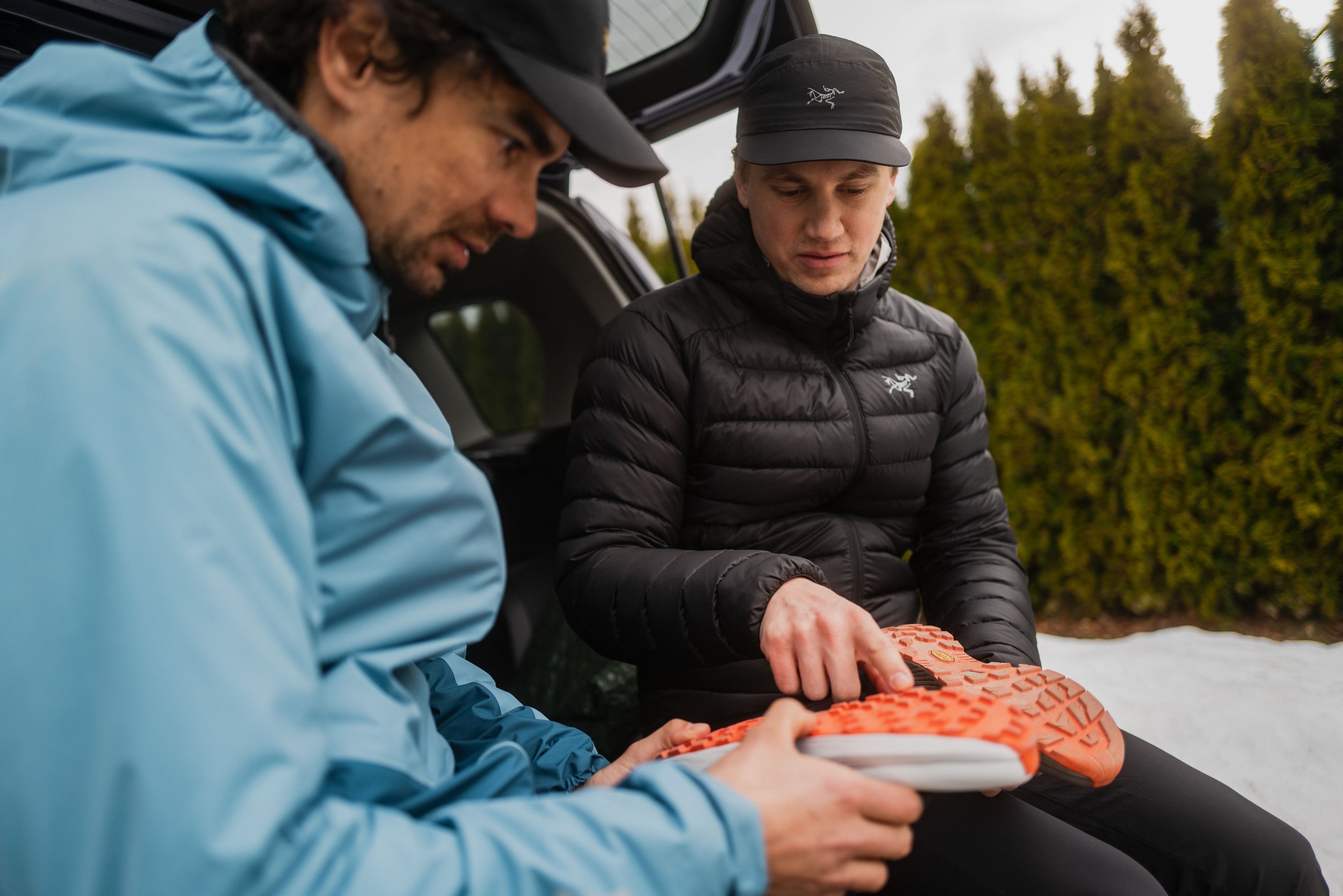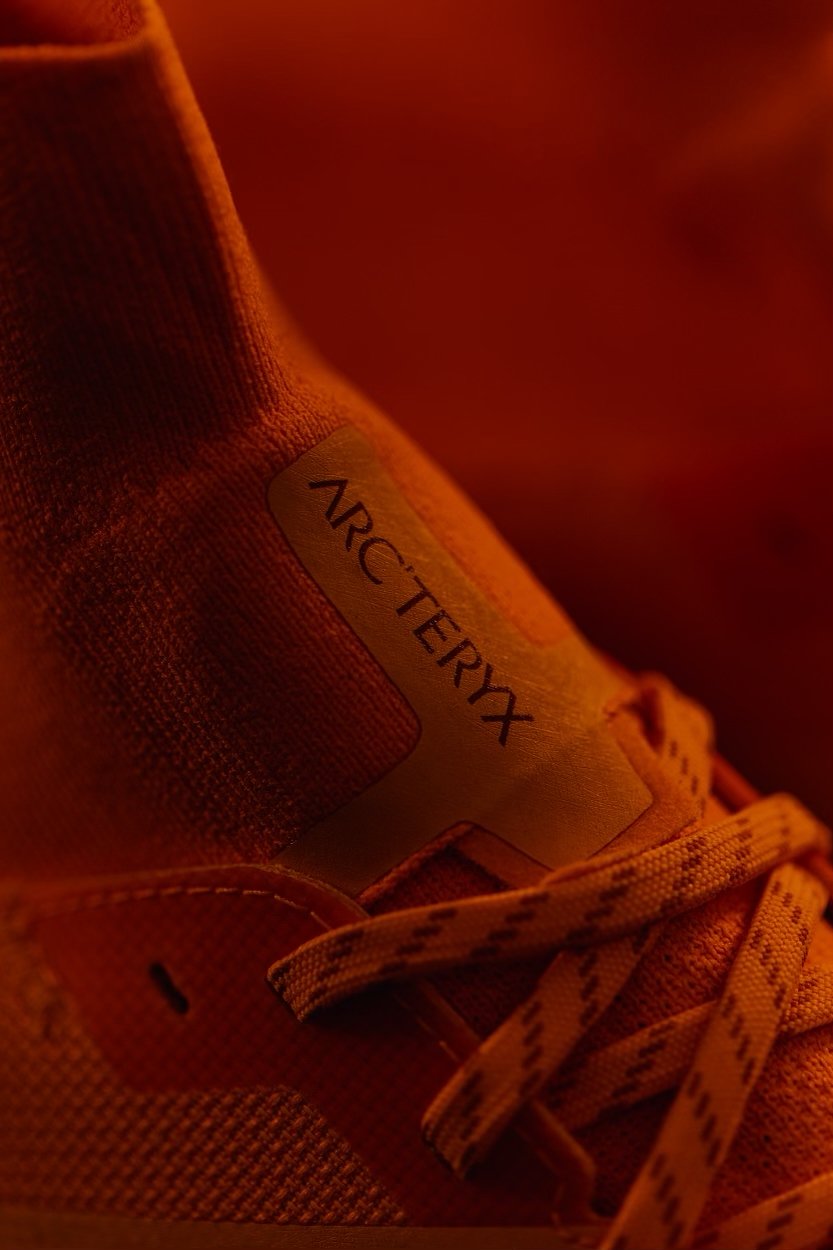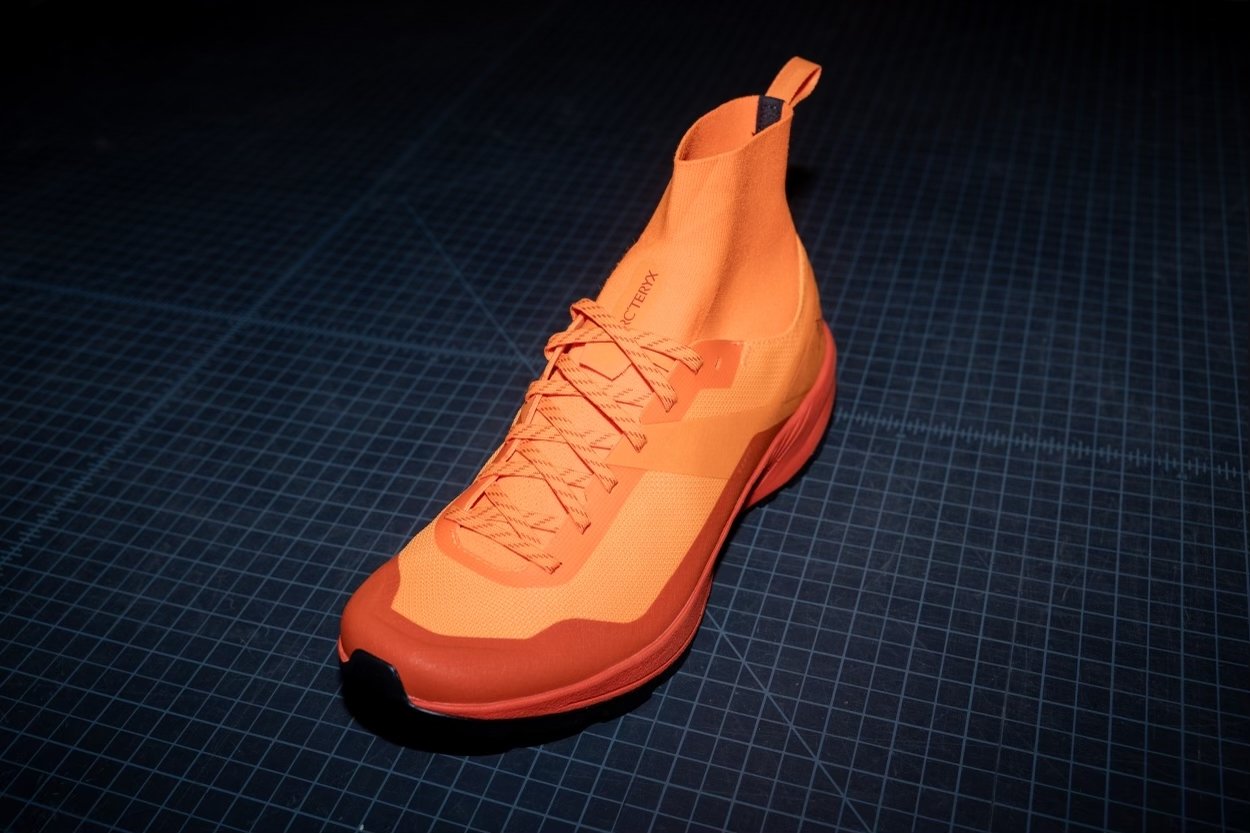
2022
VERTEX
RESEARCH
EMPATHIZE
Each mountain athlete has a unique point of view to how they approach the mountains. While they all evolve in the same playground, they each have a very distinct style. Some like to go to the summit as fast as they can, some like to take the most difficult way, some run, some climb, etc. Understanding the mindset and the needs of each athlete is key in creating products. From mapping out exactly what type of terrain they encounter to using post-mission feedback, I worked hard to incorporate everything they needed in each product.
ATHLETE PARTNERSHIP
For this project, I partnered with Eric Carter, a mountain runner based in Squamish, BC. With a background in running and ski mountaineering, he has multiple ascent records in the Sea-to-Sky area. Blurring the line between trail running and alpinisme, his unique approach offered a great challenge for me as a designer. He wanted a shoe that allowed him to both run and move fast in easy terrain, but also scramble and climb the technical parts of the mountain:
“As I travels across the mountains, I am going to come across various types of terrains which means different type of requirements in terms of fit, grip and protection. Getting the most out of the smallest amount of gear while keeping me safe seems to be the right formula for me.” - Eric Carter
Previously, trail running shoes were being used by athletes such as Eric but were too fragile and not supportive enough for this kind of mission. On the other hand, more traditional approach shoes are too heavy and stiff for the level of performance required. The challenge became about how can we make a shoe that is fast, light and responsive while also being durable, supportive and precise.
Brief
THE FASTEST RUNNING SHOE TO CLIMB WITH
Needs
1/ RUNNING PERFORMANCE
2/ SCRAMBLING CAPABILITY
3/ LIGHTWEIGHT PROTECTION
CONCEPT
GRIP
Running flat sections, power hiking uphill, scrambling and climbing in the alpine, some snow, and finally back down to the valley bottom. The lug design was dialled to handle these different demands. A big component of the Vertex is making it a really good climbing shoe, while still maintaining its ‘run-ability’.
In collaboration with Vibram, we used analytic software to study the grip and decide on the best lug design and lug depth from the 2D drawing. We then used 3D print to make early prototypes that we tested in the mountains.
FIT & PROTECTION
The athlete needs precision and stability at all times to scramble and to run in uneven terrain - so the shoe must fit like a glove. They will travel across snow and scree, so they want to avoid getting debris into the shoe that would create discomfort or force them to stop to remove the shoe.
That is why I looked for a solution to create the closest fit possible from the foot to the ankle. Using engineered knit, the shoe uses a one-piece collar that wraps the ankle, protecting the inside of the shoe from debris. That same piece is linked to an internal sleeve that locks the foot down, creating an ultra precise fit.
PROTOPYING &TESTING
The journey begins in the rugged mountains, where each prototype is put through rigorous trials. From steep ascents to rocky descents, the testers push the limits to guarantee exceptional grip, stability, and comfort.


































